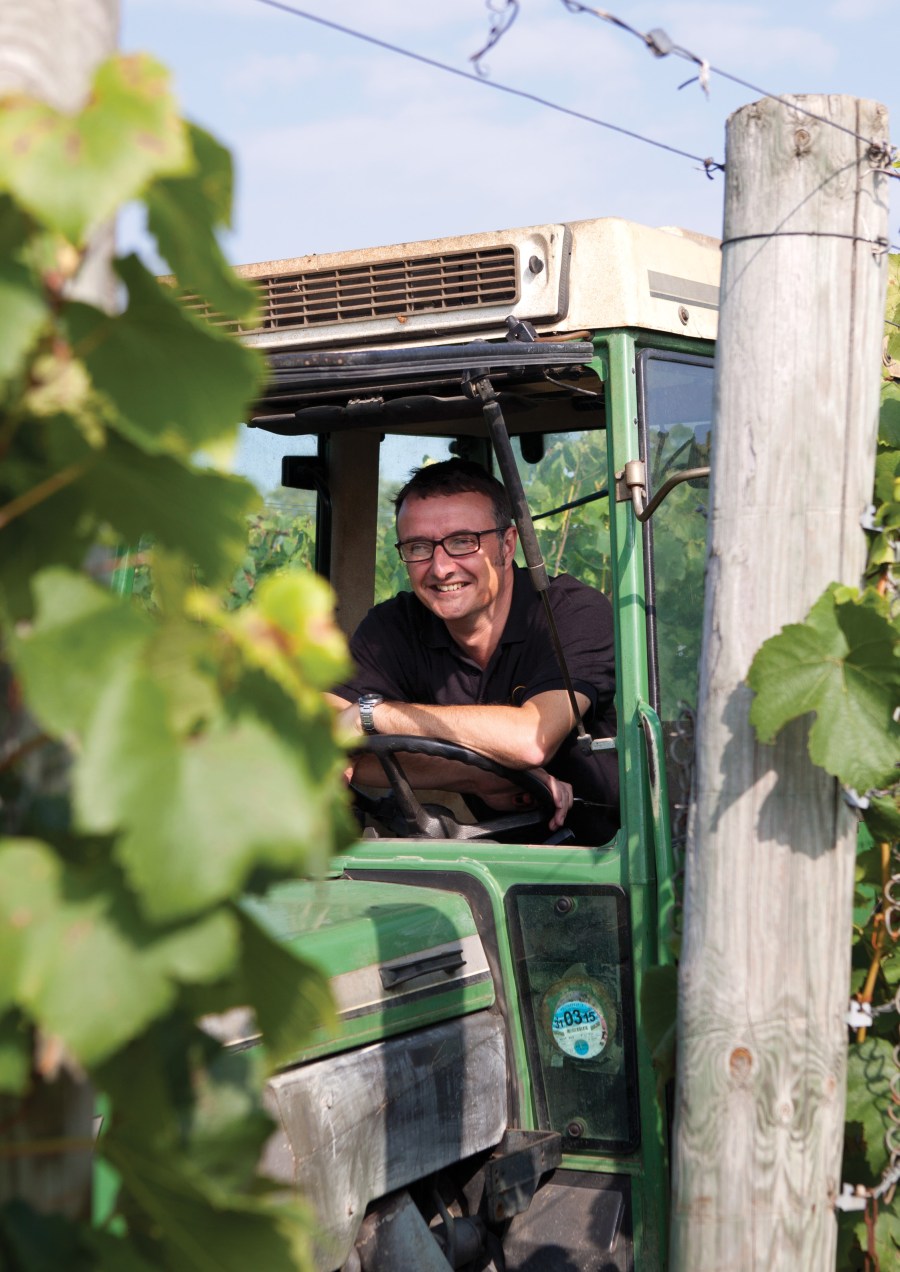So far this season, my comments about spring weather conditions in the April issue are ringing true. It has certainly been one of those ‘stop – start’ years so far and this is showing in the vineyard. Shoot growth is uneven; at the time of writing about 50% of shoots are almost at the top wire, while the others are lagging way behind. I do recall the term ‘seasonality’ being used to describe how consistent or inconsistent the weather is during a growing season. Another observation is how well the rachises have developed, with well separated branches and I am hopeful that the bunches will develop with more room for movement i.e. less compaction and lower Botrytis risk.
Heading into flowering we are set for a bit of a heatwave, bearing in mind that on 10 June we recorded a maximum of 11 degrees. A couple of recent downpours overnight have triggered the Downy mildew warnings and there have recently been some humid, warm and overcast days which means keeping watch for any early signs of Powdery mildew.
All of this means the deployment of the vineyard managers’ most valuable tool; themselves. Crop walking, observing and recording. Using the knowledge built up from previous seasons, recognising the early warning signs and symptoms, knowing where the disease hotspots are, knowing the conditions that are conducive to the start of a disease or pest problem and reacting before it becomes a problem. There are various bits of software available for recording these things and they are great for keeping records tidy and easy to refer to later. However, these technologies shouldn’t replace the need for being out there amongst your vines and understanding what is happening; what they do very well is remove the need for creating numerous spreadsheets that become difficult to keep a tab on: something I am guilty of.
This is also the time when I start estimating yield. Ok, I have yet to see how well the fruit has set, but at least I can begin to get a feel for how things are shaping up. Counting bunches is easier now, before the canopy has started to fill out as the bunches are still quite easy to find. Having done this, I then make an assessment on likely bunch weight when the fruit starts forming. I start weighing bunches towards the end of veraison, the rule of thumb being that the bunches will be around 50% of their final weight. After doing this for a few years you can start fine tuning this value and the method of using veraison weights becomes more accurate.
There are three main variables; average bunch count per vine, number of vines and bunch weight. Of these, bunch weights are notoriously difficult to predict, and I can estimate the bunch weight by using historic data. 2018 however was an exception and saw weights that were well in excess of the heaviest bunches I’d ever recorded. Knowing they were probably going to be heavier than normal, I added in 10% ‘fudge factor’ yet on some sites this was still a long way short; the ‘weight at veraison’ method was also some way off. One observation was that the seed counts were high last year, thus increasing berry weight significantly. Perhaps this is something I need to start adding to the yield prediction mix.
It doesn’t take much deviation from the predicted bunch weight to make a large difference to the total. Say a block of 5,000 vines has an average bunch count of 16. That’s 80,000 bunches. Now I would look back at historic bunch weights and for example I decide that 150g is the figure to use. I have an estimate of 12,800 kg. If that bunch weight ends up being 180g at harvest, then I’m already one and a half tonnes over on just 5,000 vines. You can see the perils of not having a generous amount of leeway when reporting these numbers back to the winery.
All of this means that record keeping becomes an invaluable tool. Keeping diaries and records of what happened in previous years helps to build a more accurate picture. Of course, there will be anomalies such as 2018 which can trip us up, but in general predications should become more accurate over time.




